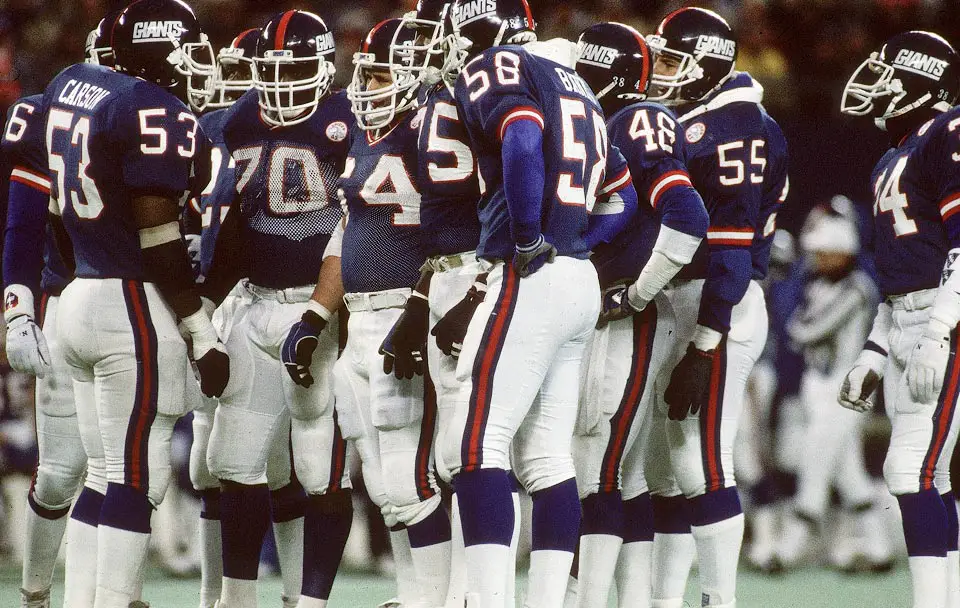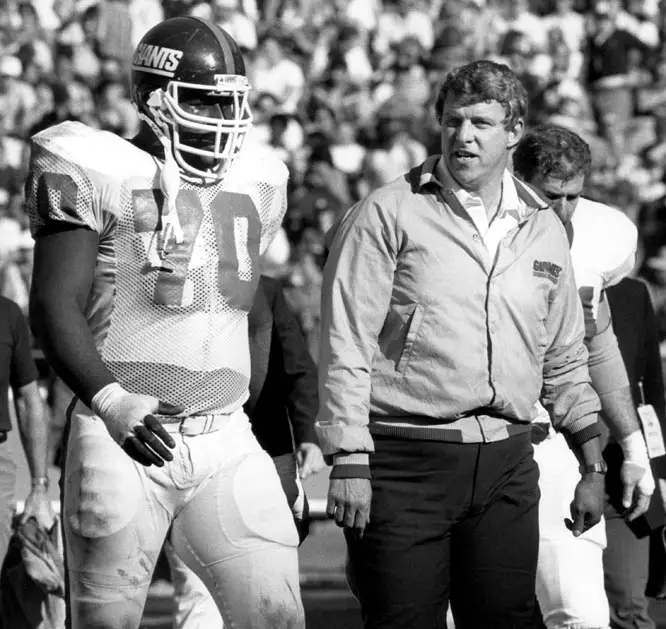
by Larry Schmitt | Jan 25, 2017 | Articles, New York Giants History
Ghosts come in a variety of forms. By the early 1980’s, the New York Football Giants had been haunted by a cavalcade of specters for over two decades. They were known as Frank Gifford, Sam Huff and Charlie Conerly – echoes from the glorious Golden Age – memories of...

by Larry Schmitt | Nov 17, 2016 | Articles, New York Giants History
By Larry Schmitt, with contributions from Matt Michelman The day after the close of the 1978 season, and 29 days after The Fumble, December 18, 1978, John McVay was released as head coach of the New York Giants and Andy Robustelli resigned as director of football...
by Eric Kennedy | Feb 3, 2016 | News and Notes
[contentblock id=1 img=html.png] REPORT – JAY BROMLEY NOT LIKELY TO BE CHARGED… The New York Post is reporting that New York Giants defensive tackle Jay Bromley is not likely to be charged with allegedly raping a woman last Saturday in a hotel room and...




